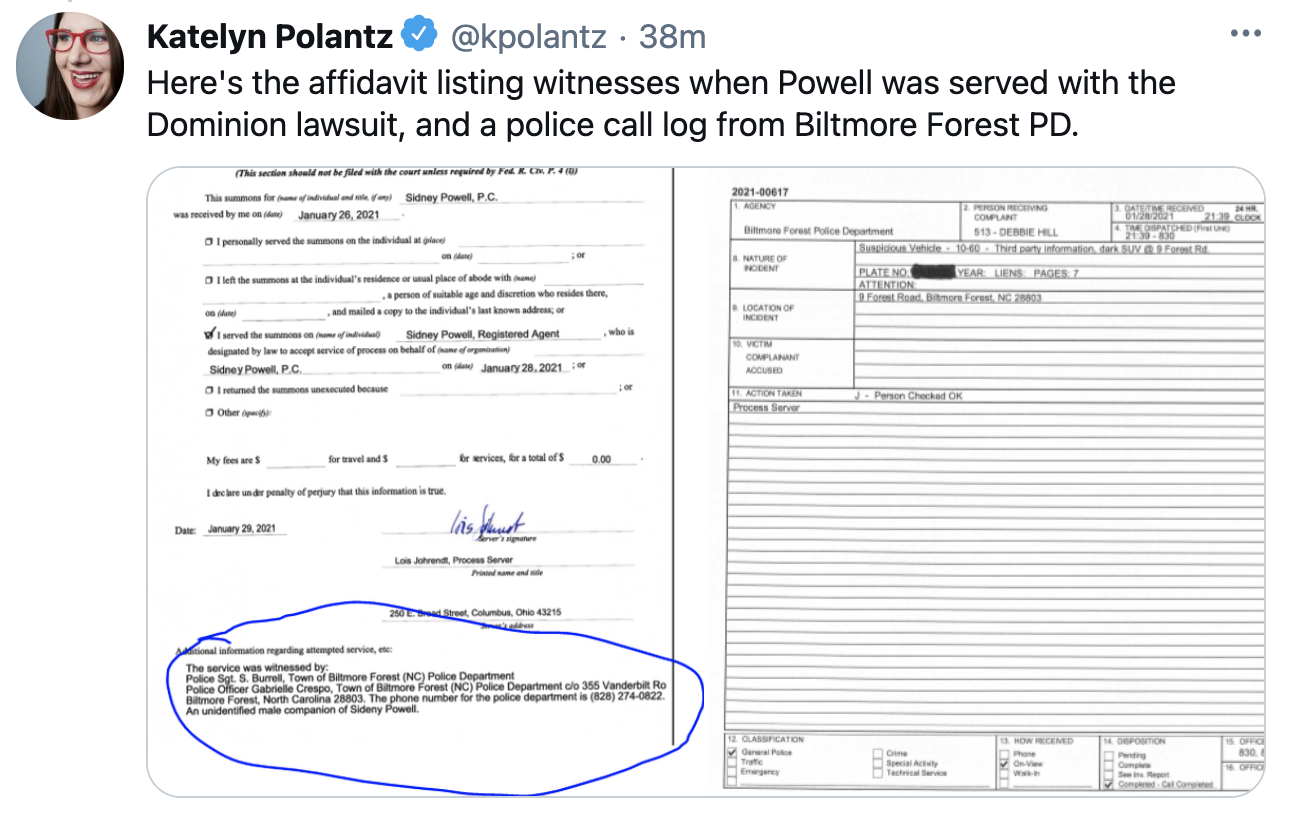
Nothing says 2021 patent litigation like a good venue dispute. As I have pointed out on these pages numerous times, including in a December column on the Google/Sonos patent wars, “venue is a critical component of patent litigation, from pre-suit seeking of litigation funding to post-filing motion practice.” For good reason, as a patent owner’s likelihood of success — either from settlement or in terms of getting to trial — can differ dramatically depending on where the case is heard. From scheduling to summary judgment odds to likelihood of transfer, it is well-known that different districts approach patent cases very differently. It is also established that the most attractive current district for patent owners is the Western District of Texas, where the Honorable Alan Albright has instituted some plaintiff-friendly measures in patent cases. Perhaps more importantly, by filing cases in the Waco Division of the WDTX, plaintiffs can ensure that Judge Albright will handle their case, an advantage not found in other jurisdictions, especially in those that randomly assign cases using the electronic version of the old SDNY wheel.
One of the key advantages for patent owners in Albright’s court has been his willingness to defer decision on transfer motions. Since sophisticated patent defendants nearly always look to transfer cases — especially out of Texas — to hometown districts, Albright’s refusal to allow such transfer motions to derail progress of the cases before him puts significant pressure on defendants. For one, settlement might start looking more attractive if a defendant faces not only claim construction proceedings (as is typical early on in WDTX cases) but maybe even discovery as well. Not that Albright is the inventor of this approach to handling transfer motions, as his colleagues in the Eastern District of Texas have long been known to take a similar slow-walk approach on the issue. Add in that Texas courts have shown a general unwillingness to transfer cases, unless absolutely forced to, and it is easy to understand why patentees continue to view Texas as a preferred forum for their case filings.
In a recent twist, however, Albright’s practice of refusing to make decisions on pending transfer motions a “top priority” came under withering assault from the Federal Circuit. The underlying procedural facts are straightforward. Netlist, a seasoned patent plaintiff, filed a lawsuit against Korean-semiconductor giant SK hynix in March of last year. In May, SK hynix moved to transfer the case from the WDTX to the Central District of California. Despite SK hynix’s efforts to have the case stayed pending resolution of its motion to transfer, it saw itself barreling rapidly toward a March 2021 Markman hearing. So it filed a petition for mandamus in the Federal Circuit, which was addressed in a February 2 order. An order which excoriated the district court for its “egregious delay and blatant disregard for precedent” by allowing SK hynix’s transfer motion to linger “unnecessarily on the docket while the district court required the parties to proceed ahead with the merits.” As relief, the Federal Circuit ordered the district court to “stay all proceedings concerning the substantive issues in the case until such time that it has issued a ruling on the transfer motion capable of providing meaningful appellate review of the reasons for its decision.”
Because the district court had already set a hearing on the motion to transfer before the Federal Circuit’s order, a decision on the merits of SK hynix’s motion was not long in coming. The day after receiving the Federal Circuit’s order, Albright issued a 17-page decision denying SK hynix’s motion to transfer in its entirety. First, the court rejected SK hynix’s argument on the first-to-file rule compelling transfer to California (where prior cases involving patents from the same family as those asserted in Texas were filed by Netlist), since the patents at issue were related, but not identical to, those that had been previously asserted. Moreover, the earlier California actions in question had been stayed pending IPR decisions, with no Markman or trial dates set, in contrast to the substantive progress towards decision on the merits that had already taken place on Albright’s watch. Likewise, the court refused to transfer the case for convenience purposes, crediting the local interest in resolving disputes and the quicker time to resolution by having the case stay in Texas. Finally, the court rejected SK hynix’s request to at least transfer the case from Waco to Austin, since the Waco courthouse remains open while Austin’s is closed due to COVID-19.
In addition to denying SK hynix’s transfer motion, Albright tightened the vise by accelerating the claim construction schedule — and by setting a July 6 trial date. In response, we can assume that SK hynix will ask for mandamus review of Albright’s decision on the transfer motion, following the lead of companies like Apple, which won a hotly contested mandamus motion of its own on transfer back in November. The battle lines are clear. The Federal Circuit has indicated a concern for fair treatment of defendants in the WDTX, while Albright continues to push for the expeditious handling of patent cases on the merits. We can expect that defendants will continue to push to get out of Texas at every opportunity. For now, however, Texas is holding ’em whenever it can.
Please feel free to send comments or questions to me at gkroub@kskiplaw.com or via Twitter: @gkroub. Any topic suggestions or thoughts are most welcome.
Gaston Kroub lives in Brooklyn and is a founding partner of Kroub, Silbersher & Kolmykov PLLC, an intellectual property litigation boutique, and Markman Advisors LLC, a leading consultancy on patent issues for the investment community. Gaston’s practice focuses on intellectual property litigation and related counseling, with a strong focus on patent matters. You can reach him at gkroub@kskiplaw.com or follow him on Twitter: @gkroub.



















